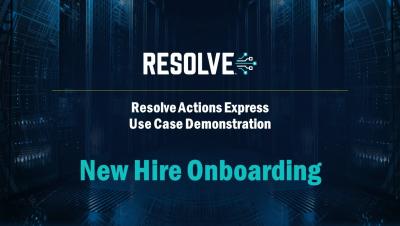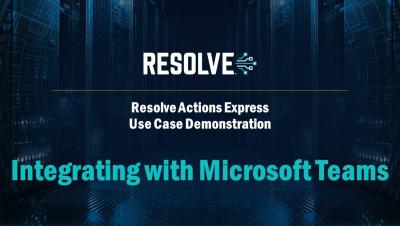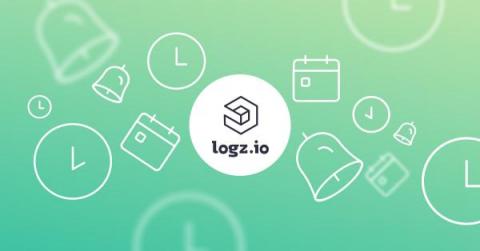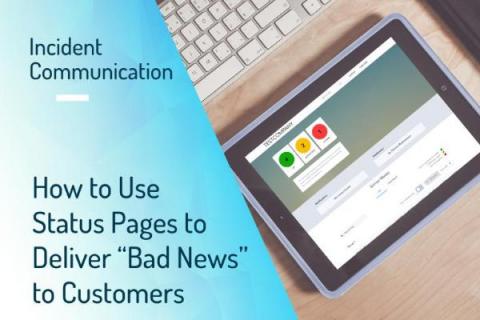Operations | Monitoring | ITSM | DevOps | Cloud
Alerting
Resolve Actions - Microsoft Teams Chatbot Integration
A vital alerting solution
This article should give you a first idea of what SIGNL4 does. What do IT security, production monitoring and technical field service have in common? In all these scenarios, the right people need to get notified immediately – in case of technical malfunctions, urgent maintenance orders or emergencies, all in order to solve any incident quickly and efficiently.
Solving For Multi-Cloud Visibility With OpsRamp
Detailed Insight, Right on Time: Introducing Scheduled Alerts
Logz.io customers, here’s some big product news that we think you’ll be excited to hear. Scheduled Alerts, an altogether new manner of alerting, is coming your way. That’s right, get ready to utilize a whole new world of alerts that weren’t previously available in the Logz.io platform.
Training Intelligent Alert Grouping
Complex incidents are both exhausting and commonplace. In this case, incidents that I am referring to as “complex” are incidents that involve multiple, disparate, notifications in your alert management platform. Perhaps these incidents are logically separated because the underlying systems or services were seen as less coupled than they turned out to be in reality.
How to Use Status Page to Deliver Bad News to Customers
In this article, we’re exploring how status pages can help you deliver bad news to customers in a “good way,” starting with the psychology of news delivery and how you can use this knowledge for future incidents.
Automation Exchange & Recommendation Engine
Fail-Safe Digital Scheduler for On-Call Management
5 Criteria You Need to Drive Efficient Alarm Management
As a commercial pilot landing at night on an unfamiliar runway, the last thing you want is a cockpit alarm telling you the passenger in 14A wants more ice in their soda. You need to concentrate on the job at hand. At that critical moment in flight, you only want visibility into the alarms that matter. It’s the same with your monitoring environment. Too often, you can be overwhelmed by a tsunami of alarms—thousands of monitoring alerts that all point to the same problem.











